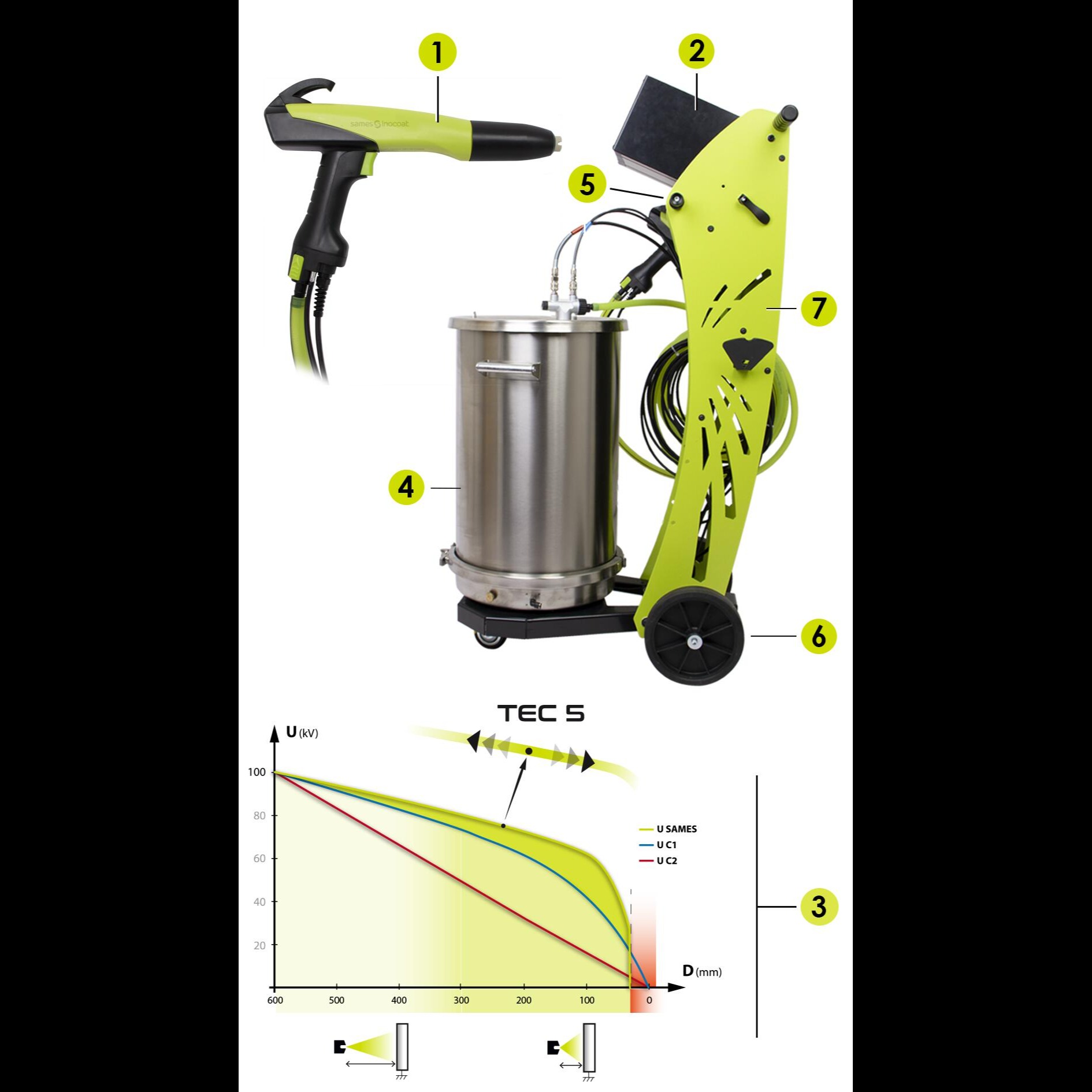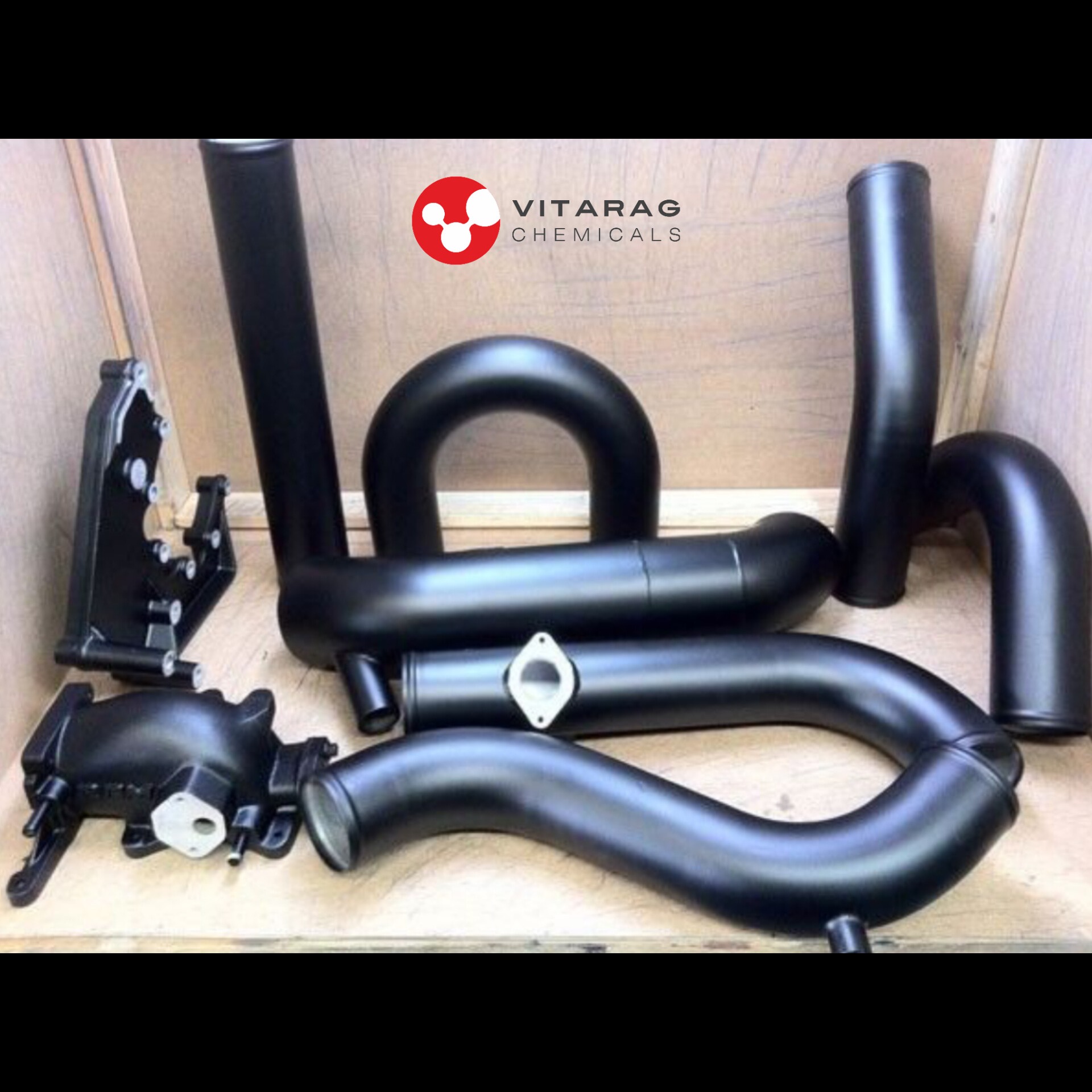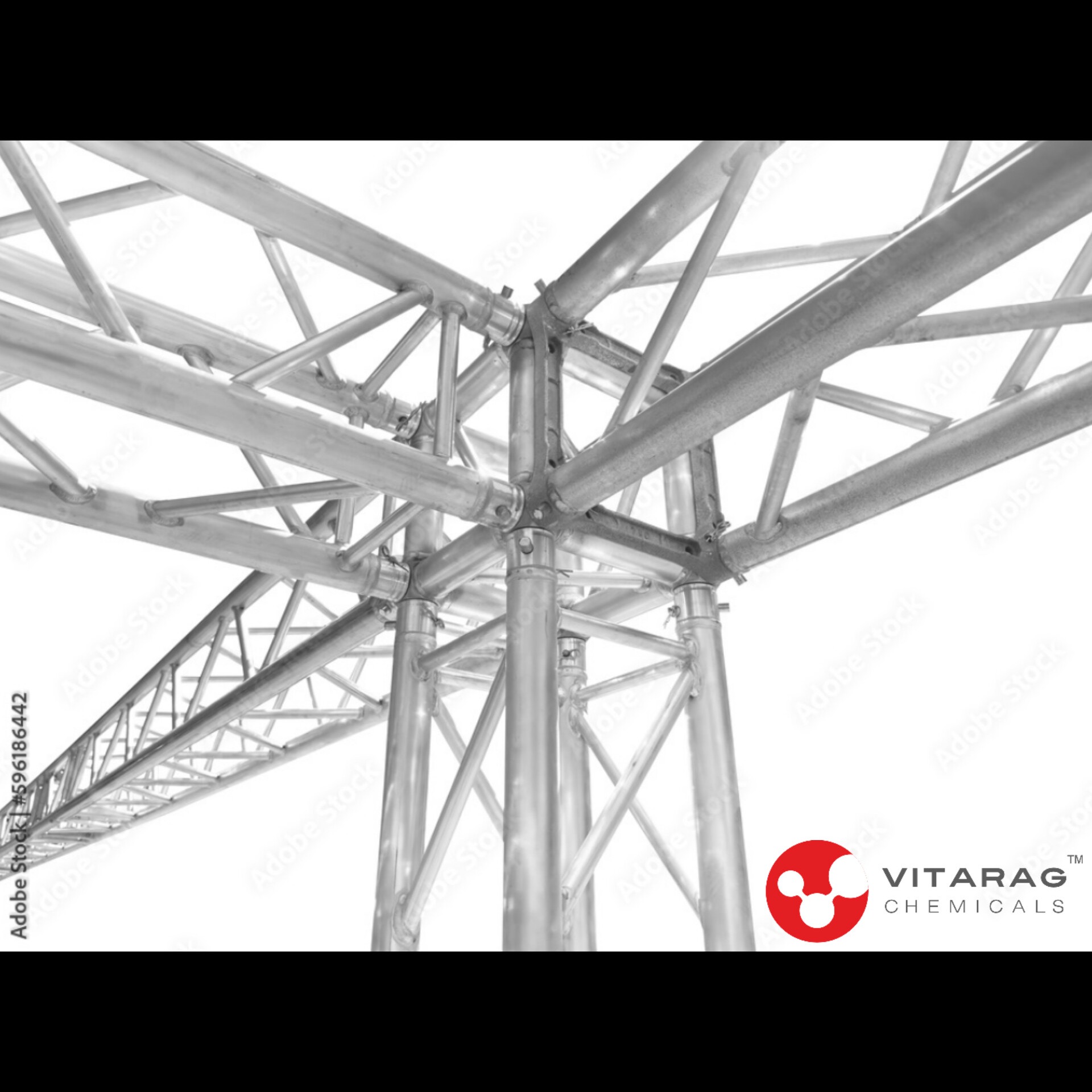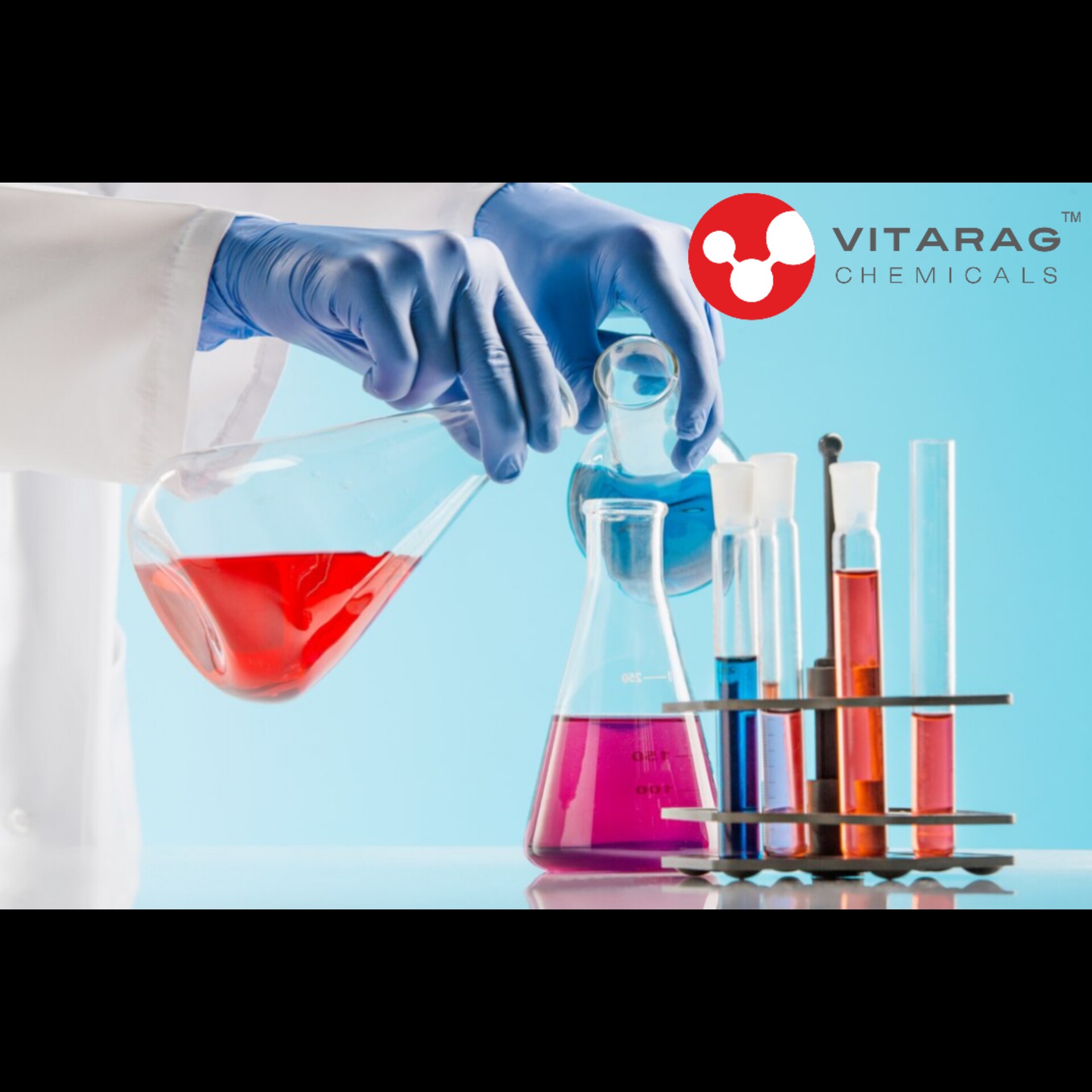
Passivation of Stainless Steel
- Passivation of stainless steel is a chemical process that enhances its corrosion resistance by removing free iron and forming a passive oxide layer. This layer protects the underlying metal from oxidation and corrosion in harsh environments.
* Passivation Process Steps
1. Pre-Cleaning
Remove Surface Contaminants:
Use alkaline cleaners or detergents to remove grease, oils, and dirt.
Mechanical Cleaning:
Use abrasives or brushes to eliminate heavy contamination or welding scale if present.
2. Pickling (Optional)
For heavily contaminated surfaces or after welding, pickling with acids (e.g., nitric or hydrofluoric acid mixtures) can prepare the surface.
3. Passivation
Chemical Bath:
Immerse the stainless steel in a passivation solution, typically containing nitric acid (20-50% concentration) or citric acid.
Duration:
The time varies based on the acid type, concentration, and alloy (usually 20-60 minutes).
Temperature:
Maintain a temperature of 20°C to 60°C (68°F to 140°F) for optimal results.
Citric Acid Benefits:
Eco-friendly and safer than nitric acid.
Leaves no hazardous by-products.
4. Rinsing
Rinse thoroughly with deionized or distilled water to remove residual acids.
Avoid using tap water to prevent deposition of minerals or impurities.
5. Drying
Air-dry or use clean, lint-free cloths to remove moisture.
Avoid scratching the surface during drying. # Passivation Chemical Manufacturer.
Keywords
corrosion resistance
prevent deposition
tap water
distilled water
60c 68f
welding pickling
welding scale
alkaline cleaners
underlying metal
chemical process
layer protects
stainless steel
stainless steel passivation
nitric acid leaves
passivation solution typically
passive oxide layer
clean lintfree cloths
acid type concentration
time varies based
citric acid duration
hydrofluoric acid mixtures
heavily contaminated surfaces
eliminate heavy contamination
dirt mechanical cleaning
remove grease oils
removing free iron




